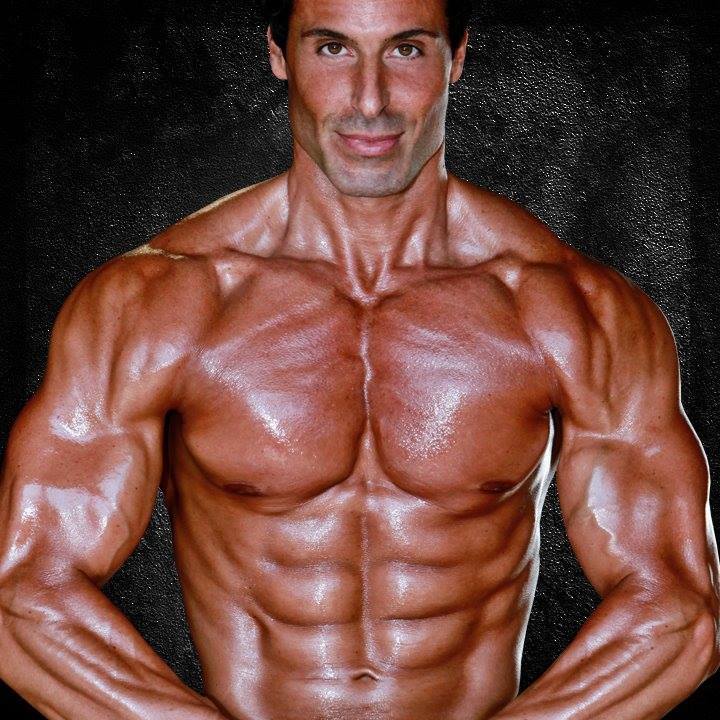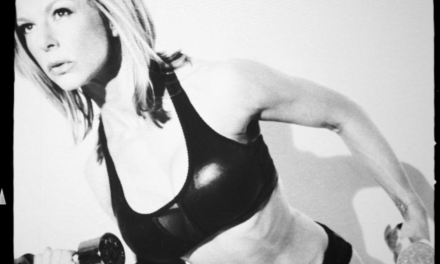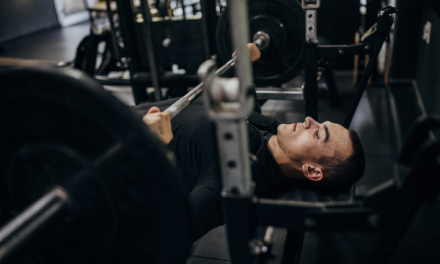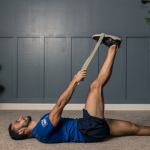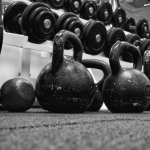He pretty much threw up his meal from yesterday!
My friend Brian was clearly one of those guys. A “mind over matter,” type of guy.
He was in the middle of a classic push/pull superset of incline dumbbell chest press with a close-grip cable pull down. But, way-to-heavy. No matter what it took, he was going to make it through that set.
Then came the big green monster.
I know you’ve witnessed this before. Way too much exertion for what will, in reality, translate to a rather small amount of gains. Perhaps the most common example you’ve seen are dudes pushing the weight up as fast as they possibly can and literally dropping the weight back down at twice the speed that it took them to lift it.
Talk about the worst-mistake-ever for gaining lean muscle.
See, it’s not about what you lift, it’s about how you lift. It’s also about why you lift.
Let’s talk about the big three variables that you’ll want to master if you want to gain lean, athletic muscle and lose fat.

#1 – True Volume
You’ve heard volume defined as the overall amount of demand placed on a muscle. Well, chances are that you have a mis-understanding of how volume really works. In terms of increasing strength and physique, volume doesn’t mean lifting “heavy.” I want you to think of true volume as the overall amount of specific stress placed on the muscle.
The difference between volume and true volume is that true volume focuses on the quality of contraction while undergoing stress. So drop the weight if you want muscle growth, and save your joints in the process.
Real world scenario: The fitness model with more muscle definition from lifting at about 70% of his 1RM than he would from lifting at 90% of his 1RM. Talk about specific adaptation from an widely overlooked and under-utilized concept.
#2 – True Tempo
Never forget this: Time under tension. Sure, you’ve heard this one before as well. But why, then, do you continue to push the weight up for 1 count, then drop the weight down faster than it took you to lift it?*
It is important to understand that our muscles undergo the most tension during the downward phase of the lift. So, if there is any part of exercise that you want to focus on, it is the downward phase.
What tempo is best for muscle growth?
I find that a downward phase of 3-4 counts provides a sufficient amount of tear-down for maximal re-growth.
I’ll also add, that the downward phase of the exercise stimulates the production of growth hormone. Just another reason not to miss out on almost half of your lift.
*Tempo defined: (4-0-1) 4, stands for the counts to lower the weight. 0 stands for the counts taken at the bottom of the lift. 1 stands for the counts to lift the weight up.

#3 – True Intention
Intention is a rather new discussion, but a veteran concept.
Try this exercise:
- Set up for a push-up.
- Now, on the downward phase, squeeze your hands towards each other, like your trying to move the floor.
- On the upward phase, do the exact opposite (push outward).
- Try 10 reps with intention.
Comment below, and give me some feedback on this. I want to know what you thought and felt. Is it harder?
Ok, so now you’ve got a real-world example of what real intention looks like. Isn’t it weird that you will experience more results if you actually actively focus on contracting the muscle on the downward phase, instead of just “lift?”
Start thinking, “lower.”
Now put these three concepts together. It’s like Captain Planet. “Form your variables combined, get gains.”
Ok, pathetic analogy, but you get the process.
Now go put it into action,
Jason Klein, MS, PES, NS
Former Fitness Instructor, United States Navy
Author, Lean Body Revolution



![[For MEN Only] REAL Answers about Muscle, Strength & Nutrition](https://www.criticalbench.com/wp-content/uploads/2014/08/strength-muscle-nutrition-440x264.png)
